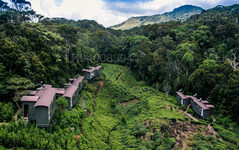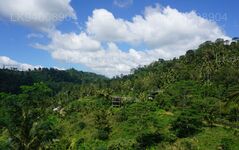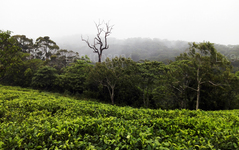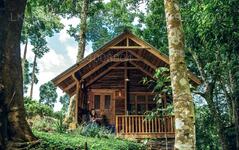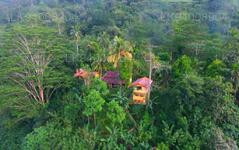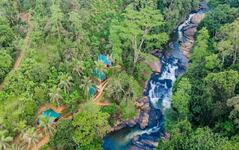
Matara City
Matara is a major city in the Southern Province of Sri Lanka. It's known for its beautiful coastal scenery, historical significance, and cultural heritage. The city is located about 160 kilometers south of Colombo, the capital of Sri Lanka. Matara has a rich history, with colonial influences from the Portuguese, Dutch, and British, and it's home to several historical landmarks, such as the Matara Fort and the Star Fort.
Deniyaya
One of the defining features of Deniyaya is its economy, primarily driven by tea cultivation. The town's tea estates are renowned for producing high-quality tea leaves that contribute significantly to Sri Lanka's tea industry. Tea plantations adorn the hillsides, creating a scenic landscape that is not only visually appealing but also economically important for the local community.
Apart from tea cultivation, Deniyaya residents also engage in vegetable cultivation. The fertile soil and favorable climate make it conducive for growing a variety of vegetables, including carrots, beans, cabbage, and more. This diversification in agriculture provides livelihood opportunities and contributes to the town's food security.
Deniyaya is also rich in cultural heritage, with several historic temples dotting its landscape. The Gatabaruwa Devalaya is one such temple, known for its historical and religious significance. It serves as a spiritual center for the local community and attracts pilgrims and visitors interested in exploring the town's cultural roots.
The natural beauty of Deniyaya is further enhanced by its proximity to the Sinharaja rainforest, a UNESCO World Heritage Site. The rainforest is a biodiversity hotspot, home to a wide range of flora and fauna, including many endemic species. Nature enthusiasts can embark on guided treks and birdwatching tours to explore the rainforest's wonders and marvel at its natural diversity.
In addition to its natural and cultural attractions, Deniyaya offers a range of recreational activities for visitors. Hiking trails, nature walks, and waterfall excursions are popular among adventure seekers looking to immerse themselves in the town's scenic beauty and outdoor adventures.
The town's hospitality sector has also grown in recent years, with guesthouses, eco-lodges, and homestays offering comfortable accommodation options for tourists. This has contributed to Deniyaya's emergence as a tourist destination, attracting visitors seeking a peaceful retreat amidst nature's splendor.
In conclusion, Deniyaya is a small town with a big heart, offering a harmonious blend of natural beauty, cultural heritage, and agricultural prosperity. Its tea plantations, lush rainforest surroundings, historic temples, and outdoor activities make it a captivating destination for travelers looking to experience the essence of rural Sri Lanka.
About Matara District
Matara District, located in Sri Lanka's Southern Province, is renowned for its coastal beauty, rich history, and thriving local culture. Bordered by the Indian Ocean, it features stunning beaches like Polhena and Mirissa, which are popular for swimming and whale watching. The district's economy is driven by agriculture, particularly coconut and tea cultivation, as well as fishing. Historical landmarks such as Matara Fort and the Dondra Head Lighthouse highlight the area's colonial past. With its mix of natural attractions and cultural heritage, Matara District is a captivating destination for both locals and tourists.
About Southern Province
The Southern Province of Sri Lanka is a small geographic area consisting of the districts of Galle,Matara and Hambantota. Subsistence farming and fishing is the main source of income for the vast majority of the people of this region.
Important landmarks of the Southern Province include the wildlife sanctuaries of the Yala and Udawalawe National Parks, the holy city of Kataragama, and the ancient cities of Tissamaharama, Kirinda and Galle. (Although Galle is an ancient city, almost nothing survives from before the Portuguese invasion.) During the Portuguese period there were two famous Sinhalese poets called Andare who was from Dickwella and Gajaman Nona who was from Denipitiya in Matara District, composing poems on common man.

